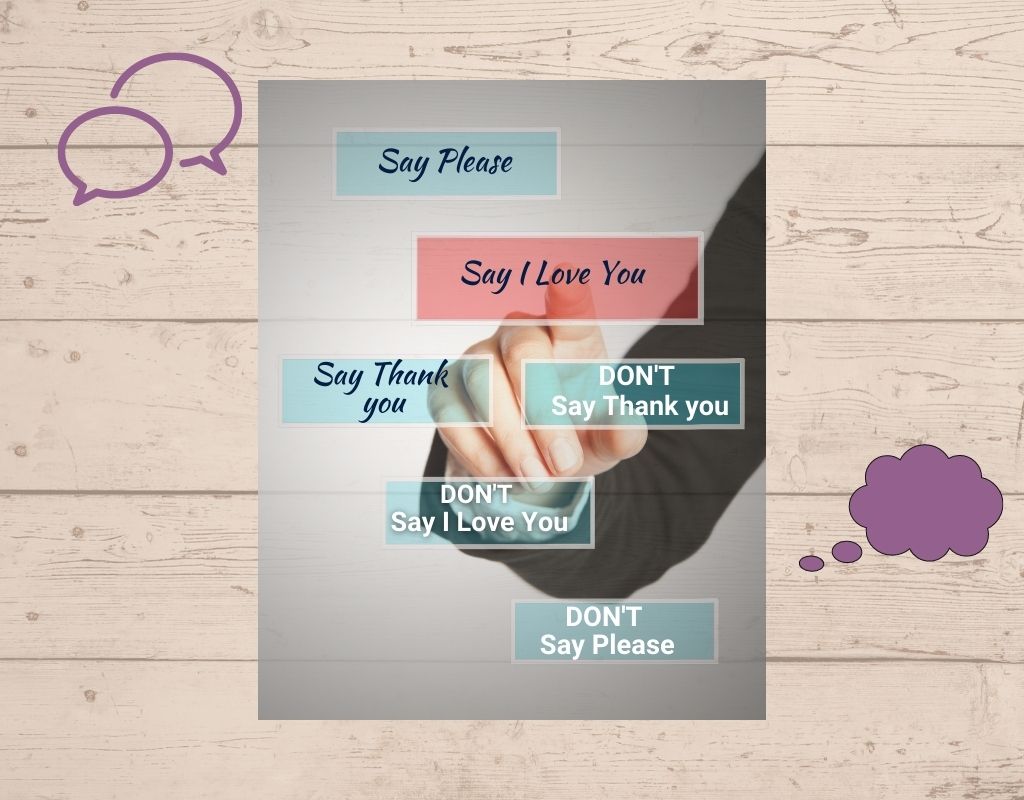“Learning another language is not only learning different words for the same things, but learning another way to think about things.”
– Flora Lewis
The above quote rings so much truer when the languages in question belong to cultures that are oceans apart – like India and the US!
Consider some of the typical first sentences that people want to learn in a new language this side of the world – When our daughter was three, she wanted to learn to say ‘I love you’, to her Telugu and Bengali grandparents. When forced to reply to that, the grandparents fumbled and found literal translations of course (You can find that in any language) but it just didn’t sound right!
Verbal declarations of everyday love are not very common in the Indian context. (At least they weren’t in the past decades). It’s strictly reserved for romantic, filmy contexts.
So after force-fitting it a couple of times in our languages, they gave up and everyone switched to saying it in English – because as much as the whole idea was new to them – they seemed to enjoy hearing it from their grandchild! It’s still odd for us (their children) to say it to them and mostly they will reply with a smirk or might reply back in an over dramatized “I love you too!”
Does this mean people in India are less emotionally expressive? I wouldn’t say so. As all Indian languages are generously filled with endearments that are just as difficult to translate into English. For example, Jigar ka tukdaa in Hindi literally translated means a ‘piece of my liver!’ How’s that for emotional expression? To be fair, I think you would find people falling into both ends of the expression spectrum just as anywhere else.
Saying “Thank you” “Please” and “Sorry”
Again, one of the first things we teach our children to communicate here is to say “thank you”, “sorry”, “please”. There is such a strong emphasis on this particular etiquette that it becomes second nature in no time. But the language code for ‘intimate relationships’ in Indian families in general, is to not state the obvious (“I love you”, for instance) or use niceties, such as, “thank you” “please” or “sorry” that is in fact used with only strangers or in formal situations. Intimate relationships ‘assume’ an intimacy that goes beyond the niceties of polite language.
Thanking friends or cousins for inviting you to their home or thanking your parents for making you dinner is actually not just considered unnecessary but can hurt sentiments because it undermines the closeness of the relationship and creates a sense of distance. You only thank close people when they do something that is totally out of the way, something over and beyond the regular cycle of give and take.
Being culturally sensitive in both contexts
So how does one reconcile this almost exact opposite expectations in language etiquette while being in the US? Different rules for home and different rules for outside? What about when the conflict exists within the home? Like between parent-child; grandchildren; between husband and wife (like in an inter-racial marriage)?
After having lived here for so long – we have adopted saying “thank you” and “sorry” with lots of friends (even Indian) and though it takes a while to stop doing that when visiting India, we switch back into a familiar mode in just a few days.
Though making the switch isn’t necessarily a tough one, it’s important to not get judgmental about either way or insist that one way is better than the other. If anything, this shows us that there is more than one way to express gratitude, apologize or show love.
Not using “Thank you” doesn’t necessarily mean you are taking the relationship for granted as there are many different non-verbal ways through which gratitude or apologies can be expressed.
Using niceties on the other hand doesn’t mean you are treating the relationship as a distant one or that the verbal expressions are always empty.
Identifying your “love language” and “appreciation language”
It’s important to stay focused on the intent behind the action (verbal or otherwise) and treat the expression as one of many tools available. It’s very similar to identifying the love and gratitude language of your loved ones and striking a balance.
If you are not familiar with love languages, it’s how you experience, give and receive love in the five broad categories of quality time, acts of service, words of affirmation, physical touch and gifts. Except in this case, you have a cultural template to begin with, before moving onto specific personality traits.
So even though our kids might learn how to say “I love you”, “Thank you” and “sorry” in all the Indian languages – they wouldn’t have learnt to say those things in true ‘Indian” , until they know in what contexts to make the switch and stay sensitive and non-judgmental to both sides.
Do you have your own creative ways of how you have handled this at home? Let us know in the comments below.









0 Comments